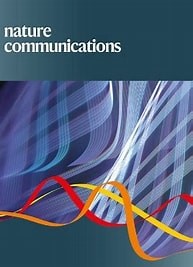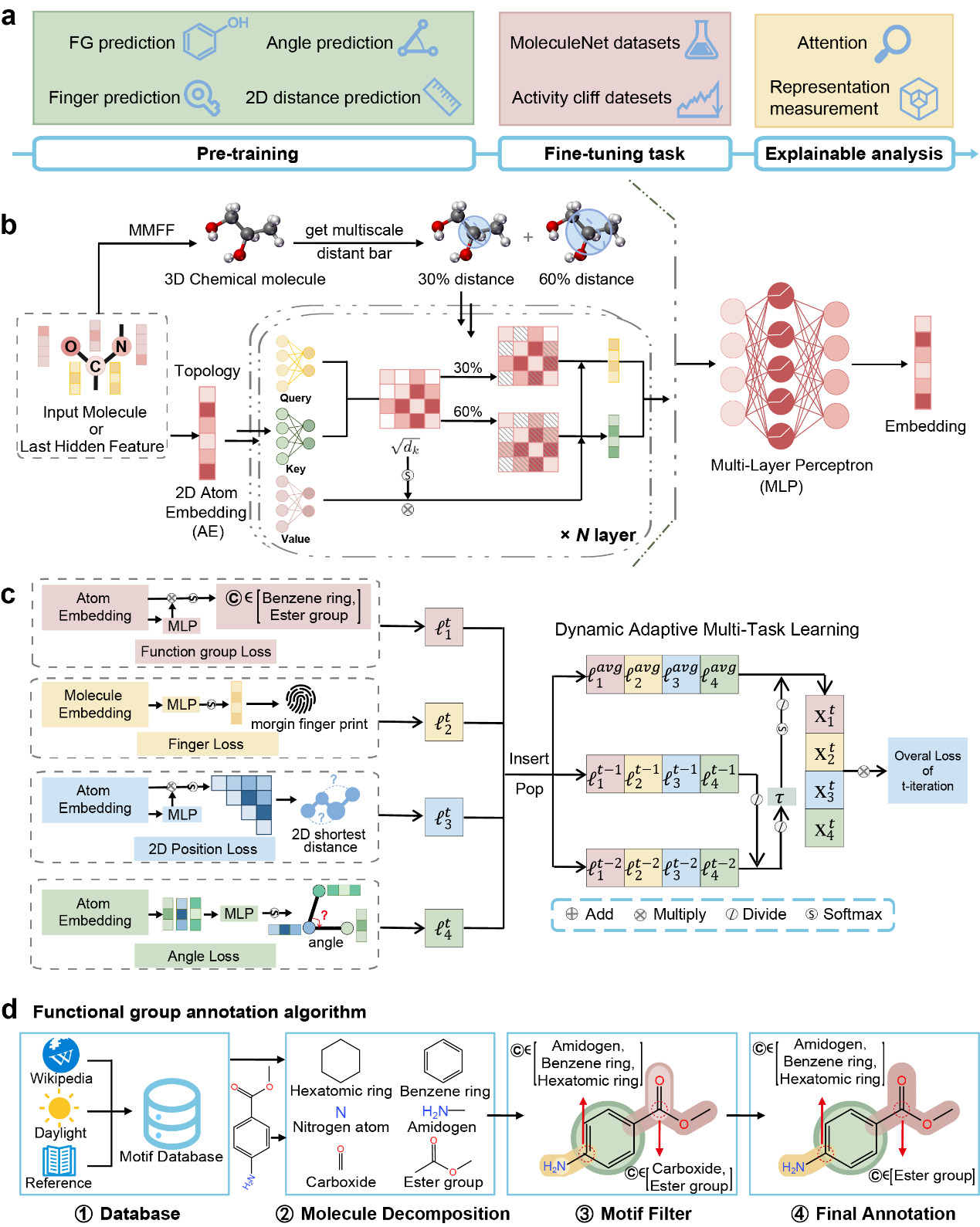Prof. Leiyi Wei’s latest publication in Nature Communication
Prof. Leiyi Wei’s latest publication in Nature Communication
Professor Leyi Wei from Macao Polytechnic University has made a significant advancement in molecular property prediction and drug discovery. His work, published in the prestigious journal Nature Communications, offers new insights into the structural and functional understanding of drug molecules, contributing to the advancement of drug design and development.

Research from the Center for Intelligent Drug Discovery at Macau Polytechnic University has been published in the prestigious international journal Nature Communications (Image source: Nature Communications).
One of the major challenges in drug development lies in frequent structure–activity cliffs and the uncertainty of drug properties, which are costly and time-consuming to evaluate, contributing to high failure rates and substantial clinical expenses. To address this, the research team developed the Self-Conformation-Aware Graph Transformer (SCAGE), an innovative deep learning architecture for molecular property prediction. SCAGE was pre-trained on approximately 5 million drug-like compounds using a multi-task framework comprising four supervised and unsupervised tasks: molecular fingerprint prediction, functional group prediction guided by chemical prior knowledge, 2D atomic distance prediction, and 3D bond angle prediction. These tasks collectively capture both structural and functional aspects of molecules, enabling SCAGE to learn rich conformation-aware prior knowledge and generalize effectively across diverse molecular characterization tasks.

Research from the Center for Intelligent Drug Discovery at Macau Polytechnic University has been published in the prestigious international journal Nature Communications
In addition, the team introduced a data-driven, multi-scale conformational learning strategy that effectively guides the model to capture atomic relationships at the conformational level. SCAGE demonstrated substantial performance improvements across nine molecular property prediction tasks and 30 structure–activity cliff benchmarks. Case studies further reveal that SCAGE accurately identifies key functional groups associated with molecular activity at the atomic level, offering valuable insights into quantitative structure–conformation relationships.
The related research, titled “A self-conformation-aware pre-training framework for molecular property prediction with substructure interpretability,” was published in the authoritative international journal Nature Communications. As part of the Nature Publishing Group, Nature Communications is a leading open-access journal that publishes high-impact research across a wide range of disciplines, including biology, physics, chemistry, and medicine. It ranks fifth (top 94.4%) in the SCIE “Global Comprehensive” category and is listed as a Region 1 journal in both CAS and JCR. In 2023, it reported an impact factor of 14.7.
This work was supported by the Macao Science and Technology Development Fund (No. 0133/2024/RIB2) and other grants. Full details are available at: https://www.nature.com/articles/s41467-025-59634-0.



